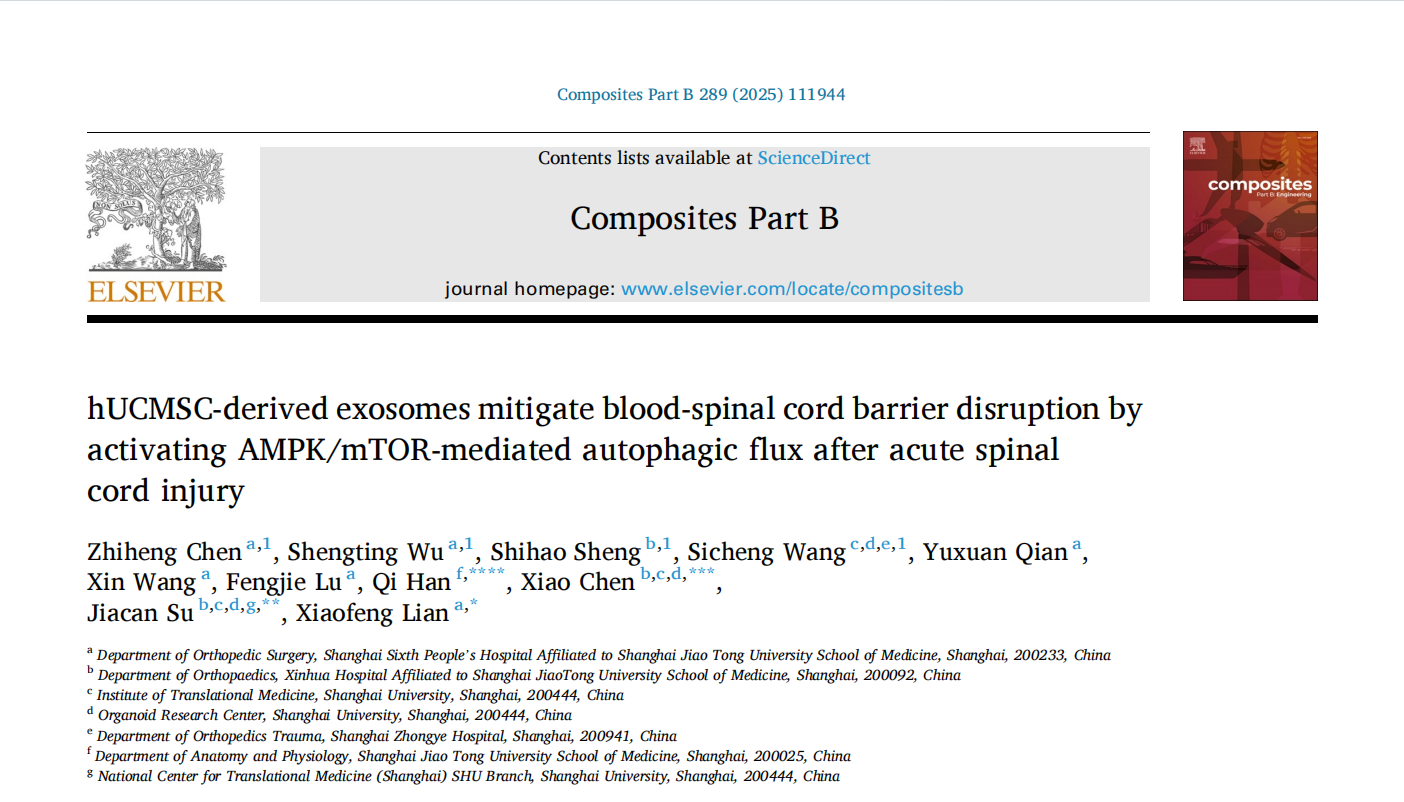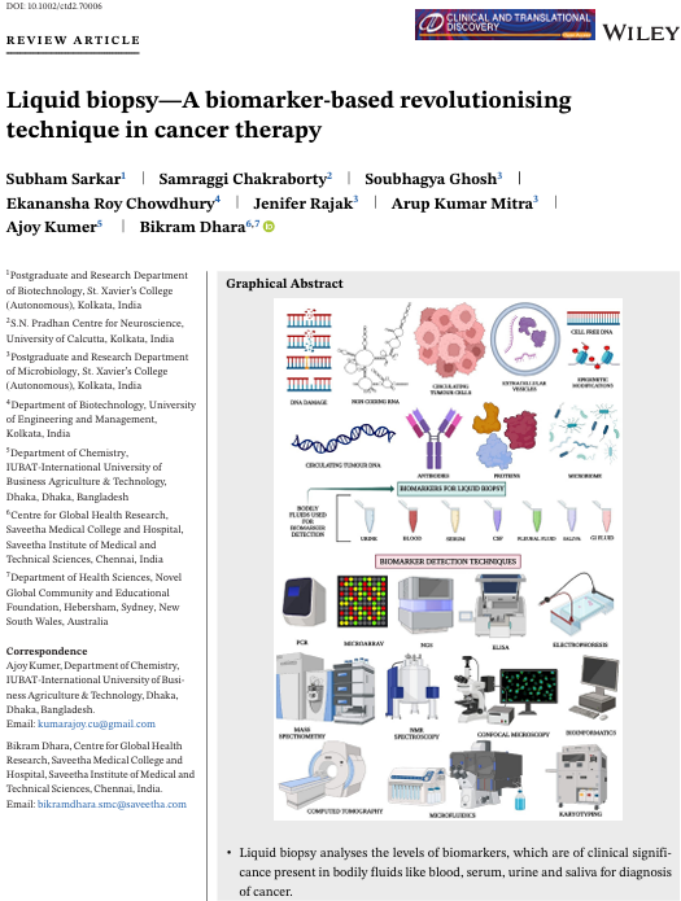PNAS:研究证实导致皮肤老化的自由基影响大气中的自然形成颗粒
| 导读 | 松树是导致大气污染的最大贡献之一。它们释放的气体与空气中的化学物质---它们中的多数是由人类活动产生的---发生反应,产生微小的不可见的颗粒从而污染大气。在一项新研究中,卡内基梅隆大学研究员Neil Donahue领导的一个研究小组发现这些松树释放物形成的生物源颗粒(biogenic particle)比人们之前认为的更加具有动态性。这项研究第一次提供实验证据证实这些化合物是由自由基经历化学转变而... |
松树是导致大气污染的最大贡献之一。它们释放的气体与空气中的化学物质---它们中的多数是由人类活动产生的---发生反应,产生微小的不可见的颗粒从而污染大气。在一项新研究中,卡内基梅隆大学研究员Neil Donahue领导的一个研究小组发现这些松树释放物形成的生物源颗粒(biogenic particle)比人们之前认为的更加具有动态性。这项研究第一次提供实验证据证实这些化合物是由自由基经历化学转变而产生的,不过也正是这些化合物在大气中首先形成后,导致我们的皮肤老化。相关研究结果发表在<em>PNAS</em>期刊上。
<!--more-->
我们呼吸的大气充满了被称作气溶胶的颗粒。这些液态或固态的颗粒来自上百种来源,包括树、火山、汽车、卡车和林火。已有大量的数据表明我们呼吸的大气中微小颗粒对人们产生非常不好的结果。但是科学家们很少了解这些颗粒的大小和化学组成如何影响这种结果。更复杂的是,大气是一种高度氧化的高度活性的空间,这就意味着气溶胶能够被快速地转变为颗粒,而且这些颗粒能够拥有完全不同的化学组成。Donahue和同事们首次描述了涉及自由基的化学过程,这些自由基能够将诸如柴油废弃物之类的人工来源释放出的气溶胶转变为颗粒。但是这种机制不能解释当自然化合物进入大气时,它们发生了什么。Donahue猜测这种生物源颗粒能够发生老化,但是是以一种不同的方式发生。
Donahue与同事们着手测试利用被称作烟雾箱(smog chamber)的仿真大气(fake atmosphere)来验证这种假设,其中这种烟雾箱是在实验室封闭空间中含有几立方米大气。他们将α-蒎烯(alpha-pinene)、臭氧和松树释放出的气溶胶加入到烟雾箱中,然后再加入羟基自由基(hydroxyl radical)。羟基自由基是自然产生的和高度活性的,能够促进与大气中其他化学物之间发生的反应。研究人员收集了来自4个烟雾箱的数据,然后将这些数据加入到一种他们开发出的计算机模型中。他们发现这种自由基中的羟基能够让这些颗粒老化,改变它们的属性和浓度,从而产生比原始释放到大气中三倍多的颗粒物质。
这些发现能够有助于让气候和大气质量预测模型更加准确,也让监管机构作出更加有效的决定来改善大气质量。
本文编译自<a href="http://phys.org/news/2012-08-skin-aging-radicals-age-naturally-particles.html" target="_blank">Study shows skin-aging radicals age naturally formed particles in the air</a>
<div> </div>
<div>
<div>
<img src="http://www.bioon.com/biology/UploadFiles/201208/2012081115345421.gif" alt="" width="113" height="149" border="0" />
<a title="" href="http://dx.doi.org/10.1073/pnas.1115186109" target="_blank">doi: 10.1073/pnas.1115186109</a>
PMC:
PMID:
</div>
<div>
<br/><strong>Aging of biogenic secondary organic aerosol via gas-phase OH radical reactions</strong><br/>
Neil M. Donahuea,1, Kaytlin M. Henrya, Thomas F. Mentelb, Astrid Kiendler-Scharrb, Christian Spindlerb, Birger Bohnb, Theo Brauersb, Hans P. Dornb, Hendrik Fuchsb, Ralf Tillmannb, Andreas Wahnerb, Harald Saathoffc, Karl-Heinz Naumannc, Ottmar Möhlerc, Thomas Leisnerc, Lars Müllerd, Marc-Christopher Reinnigd, Thorsten Hoffmannd, Kent Saloe, Mattias Hallquiste, Mia Froschf, Merete Bildef, Torsten Tritscherg, Peter Barmetg, Arnaud P. Praplang, Peter F. DeCarlog,2, Josef Dommeng, Andre S.H. Prévôtg, and Urs Baltensperger
The Multiple Chamber Aerosol Chemical Aging Study (MUCHACHAS) tested the hypothesis that hydroxyl radical (OH) aging significantly increases the concentration of first-generation biogenic secondary organic aerosol (SOA). OH is the dominant atmospheric oxidant, and MUCHACHAS employed environmental chambers of very different designs, using multiple OH sources to explore a range of chemical conditions and potential sources of systematic error. We isolated the effect of OH aging, confirming our hypothesis while observing corresponding changes in SOA properties. The mass increases are consistent with an existing gap between global SOA sources and those predicted in models, and can be described by a mechanism suitable for implementation in those models.
<br/>来源:生物谷
</div>
</div>
<!--more-->
我们呼吸的大气充满了被称作气溶胶的颗粒。这些液态或固态的颗粒来自上百种来源,包括树、火山、汽车、卡车和林火。已有大量的数据表明我们呼吸的大气中微小颗粒对人们产生非常不好的结果。但是科学家们很少了解这些颗粒的大小和化学组成如何影响这种结果。更复杂的是,大气是一种高度氧化的高度活性的空间,这就意味着气溶胶能够被快速地转变为颗粒,而且这些颗粒能够拥有完全不同的化学组成。Donahue和同事们首次描述了涉及自由基的化学过程,这些自由基能够将诸如柴油废弃物之类的人工来源释放出的气溶胶转变为颗粒。但是这种机制不能解释当自然化合物进入大气时,它们发生了什么。Donahue猜测这种生物源颗粒能够发生老化,但是是以一种不同的方式发生。
Donahue与同事们着手测试利用被称作烟雾箱(smog chamber)的仿真大气(fake atmosphere)来验证这种假设,其中这种烟雾箱是在实验室封闭空间中含有几立方米大气。他们将α-蒎烯(alpha-pinene)、臭氧和松树释放出的气溶胶加入到烟雾箱中,然后再加入羟基自由基(hydroxyl radical)。羟基自由基是自然产生的和高度活性的,能够促进与大气中其他化学物之间发生的反应。研究人员收集了来自4个烟雾箱的数据,然后将这些数据加入到一种他们开发出的计算机模型中。他们发现这种自由基中的羟基能够让这些颗粒老化,改变它们的属性和浓度,从而产生比原始释放到大气中三倍多的颗粒物质。
这些发现能够有助于让气候和大气质量预测模型更加准确,也让监管机构作出更加有效的决定来改善大气质量。
本文编译自<a href="http://phys.org/news/2012-08-skin-aging-radicals-age-naturally-particles.html" target="_blank">Study shows skin-aging radicals age naturally formed particles in the air</a>
<div> </div>
<div>
<div>
<img src="http://www.bioon.com/biology/UploadFiles/201208/2012081115345421.gif" alt="" width="113" height="149" border="0" />
<a title="" href="http://dx.doi.org/10.1073/pnas.1115186109" target="_blank">doi: 10.1073/pnas.1115186109</a>
PMC:
PMID:
</div>
<div>
<br/><strong>Aging of biogenic secondary organic aerosol via gas-phase OH radical reactions</strong><br/>
Neil M. Donahuea,1, Kaytlin M. Henrya, Thomas F. Mentelb, Astrid Kiendler-Scharrb, Christian Spindlerb, Birger Bohnb, Theo Brauersb, Hans P. Dornb, Hendrik Fuchsb, Ralf Tillmannb, Andreas Wahnerb, Harald Saathoffc, Karl-Heinz Naumannc, Ottmar Möhlerc, Thomas Leisnerc, Lars Müllerd, Marc-Christopher Reinnigd, Thorsten Hoffmannd, Kent Saloe, Mattias Hallquiste, Mia Froschf, Merete Bildef, Torsten Tritscherg, Peter Barmetg, Arnaud P. Praplang, Peter F. DeCarlog,2, Josef Dommeng, Andre S.H. Prévôtg, and Urs Baltensperger
The Multiple Chamber Aerosol Chemical Aging Study (MUCHACHAS) tested the hypothesis that hydroxyl radical (OH) aging significantly increases the concentration of first-generation biogenic secondary organic aerosol (SOA). OH is the dominant atmospheric oxidant, and MUCHACHAS employed environmental chambers of very different designs, using multiple OH sources to explore a range of chemical conditions and potential sources of systematic error. We isolated the effect of OH aging, confirming our hypothesis while observing corresponding changes in SOA properties. The mass increases are consistent with an existing gap between global SOA sources and those predicted in models, and can be described by a mechanism suitable for implementation in those models.
<br/>来源:生物谷
</div>
</div>
 腾讯登录
腾讯登录

还没有人评论,赶快抢个沙发